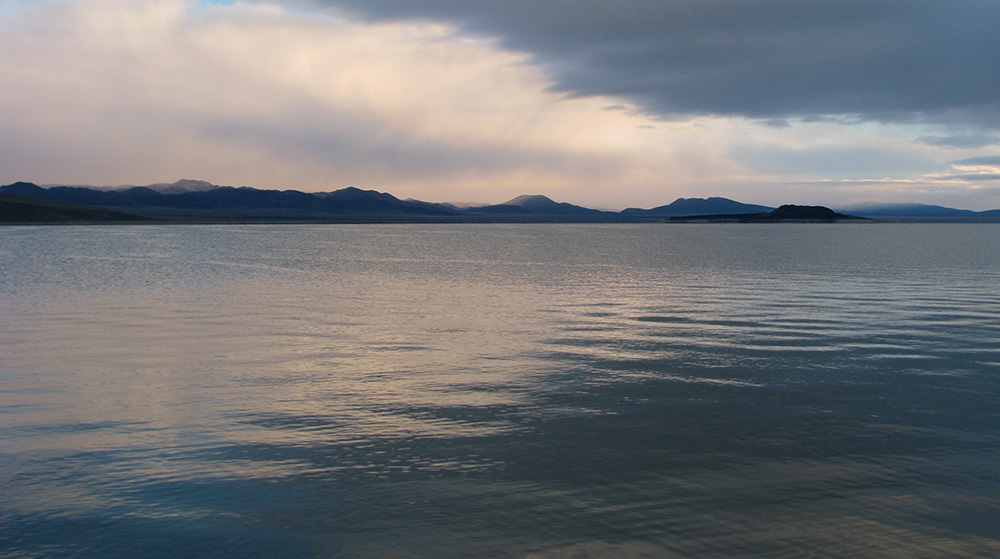
The 2013 Mono Basin Stream Restoration Agreement is a major milestone in the long-running effort to recover the health of Rush, Lee Vining, Parker, and Walker creeks after the damage caused by decades of excessive water diversions. The current priority is for the terms of the Agreement to be incorporated into the official water license issued by the California State Water Resources Control Board to the Los Angeles Department of Water & Power.

While progress has been slow, completion and formal approval of the newly revised license draws ever closer. Once the license is issued, the many benefits of the Stream Restoration Agreement will commence. Some, like winter flow schedules beneficial to trout, spring peak flows beneficial to Lee Vining Creek habitat, and a new approach to management of scientific monitoring, will begin immediately. Others—most notably the high flows slated for Rush Creek that require a new Grant Lake Reservoir outlet—require the license in order to begin the construction that will ultimately enable their delivery.
In all cases, the issuance of the new license will be the next major milestone in Mono Basin stream restoration. Here’s hoping the new license is soon in place and the winter is wet so that in 2016 the fish, birds, meandering channels, and streamside forests of the Mono Basin streams will experience the promised restorative flows of water.
This post was also published as an article in the Fall 2015 Mono Lake Newsletter (page 10).
